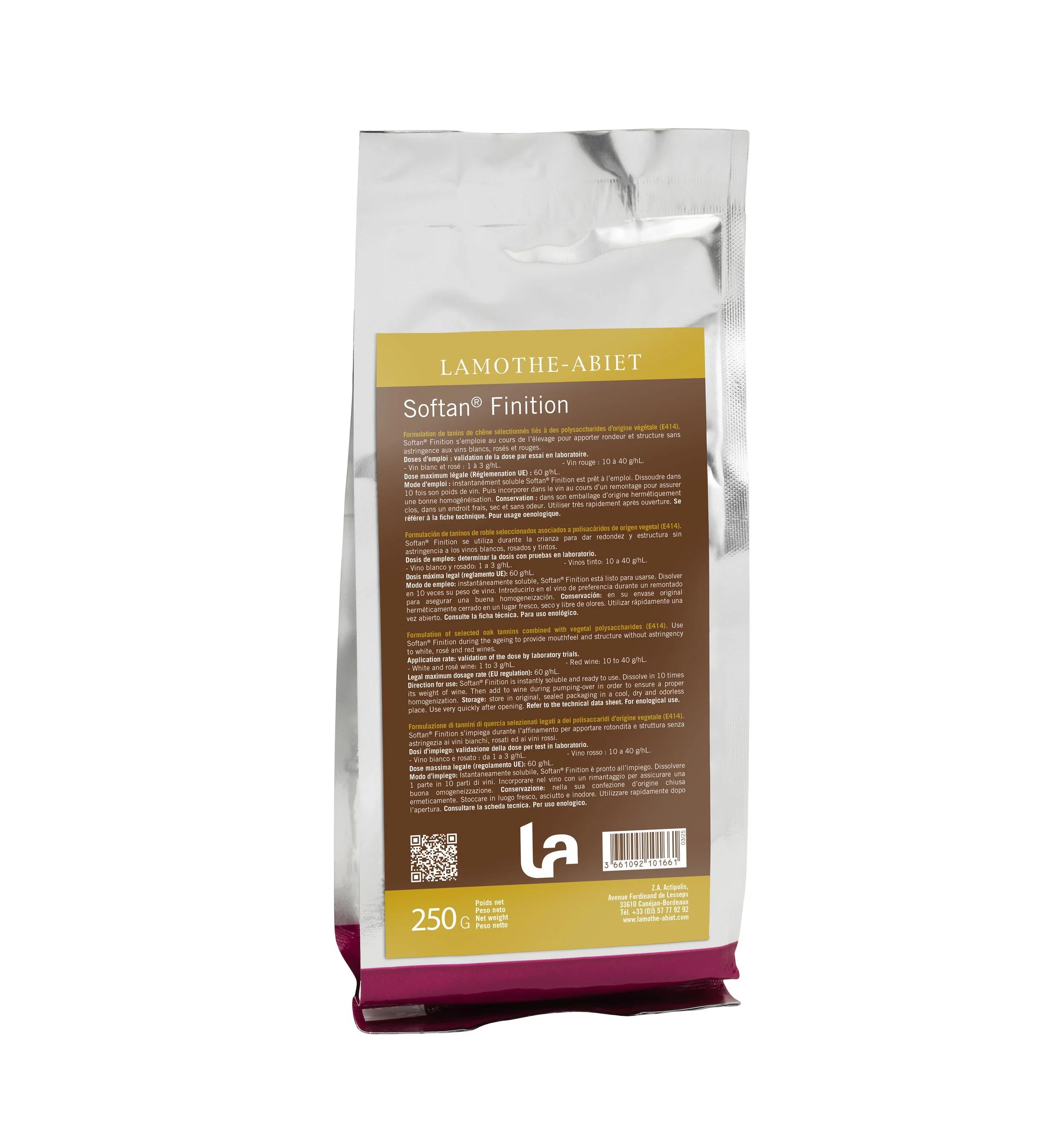THE LAMOTHE-ABIET SHOP
enzymes YEASTs NUTRIENTS AND YEAST DERIVATIVES ML BACTERIA FINING AGENTS TANNINS Oak For Enology STABILIZER
fermentation and maturation tannins
Responsible of color, mouthfeel, texture, stability, longevity and aromas, phenolic compounds are essential parameter to manage for wine quality. Phenolic compounds are naturally present in various form depending grape varieties, maturation conditions, winemaking process and wine ageing conditions. Their origin and chemical structure greatly define their role and interaction with other compounds in wine. For more information on the use of tannins in winemaking, watch our technical webinar
FAQ’S
Can I use tannins on white grapes or juices?
Yes, using tannins on white grapes or juices has many advantages. it improves clarification, and protein stability, inhibit oxidative enzymes, thus protecting from rapid oxidation, and serve as an anti-oxidant. We recommend using Tannin Gallique a l'Alcool, developed specifically for whites and roses.
Can I add tannins before my final filtration?
Yes, finishing tannins are completely soluble and can be added up to 2 days before final filtration.
Why using tannins during Alcoholic Fermentation?
Tannins used during fermentation can have many objectives, such as color stability, mouthfeel balance, aromatic complexity or building ageing potential. Softan Vinification has been developed to be used during fermentation for balancing mouthfeel and stabilizing color in red wines.
CAN TANNINS HELP BALANCE ASTRINGENCY OR BITTERNESS?
Yes. Over-astringency can be caused by an imbalance of tannins. By adding more refined, highly polymerized tannins to the wine, the imbalance can be corrected and the perception of astringency or bitterness reduced. This frequently improves the perception of fruit. We recommend to do bench trials with different tannins and dosage before making a decision. TanSense Volume, TanSense Origin, TanSense Expression are great choices. Also, yeast mannoproteins can be a great tool to reduce bitterness and astringency sensation.











